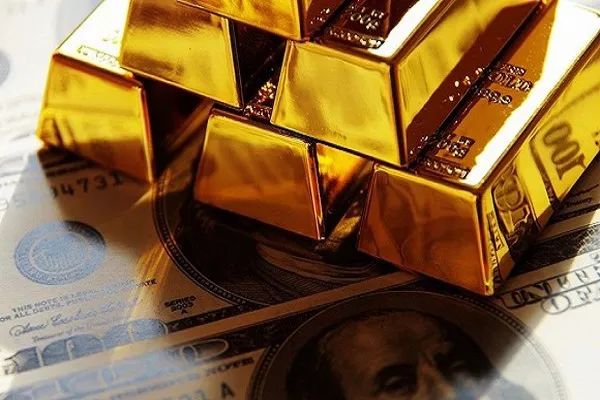Gold, a timeless symbol of wealth and stability, continues to captivate investors and analysts. As we look ahead to the year 2030, the question looms large: What will gold be worth in the next decade?
1. Macroeconomic Factors and Global Trends:
Understanding the broader economic context is essential in forecasting gold prices. Key factors to consider include:
Inflationary Pressures:
Gold has historically served as a hedge against inflation. Monitoring inflation rates will provide insights into potential shifts in gold demand.
Interest Rates:
Central bank policies regarding interest rates play a pivotal role in shaping gold prices. Low-interest environments often make non-interest-bearing assets like gold more attractive.
Global Economic Conditions:
Economic stability or turmoil on a global scale can impact investor sentiment, influencing the demand for gold as a safe-haven asset.
2. Central Bank Policies and Gold Reserves:
Central banks’ decisions and gold reserves can significantly influence the precious metal market. Considerations include:
Gold Reserves:
Changes in the gold reserves of major central banks signal shifts in confidence and impact market sentiment.
Monetary Policies:
Central banks’ strategies, such as quantitative easing or tightening, can affect the perceived value of gold.
3. Technological and Industrial Demand:
Beyond its role as a financial asset, gold is crucial in various industries. Factors to consider include:
Technological Advances:
Innovations in technology, especially in electronics, can drive the demand for gold in manufacturing processes.
Medical Applications:
Gold’s use in healthcare, including diagnostics and treatments, may contribute to increased industrial demand.
4. Market Sentiment and Speculative Activities:
Short-term fluctuations in gold prices are often influenced by market sentiment and speculative activities. Key points to consider are:
Speculative Trading:
The prevalence of speculative trading can lead to volatility. Monitoring market sentiment is crucial for understanding potential price movements.
Investor Behavior:
How investors react to economic data, news, or geopolitical events can provide insights into gold price trends.
5. Currency Movements and the U.S. Dollar:
Gold is traditionally inversely correlated with the strength of the U.S. dollar. Considerations include:
Currency Fluctuations:
Changes in currency values, especially the U.S. dollar, can impact the attractiveness of gold as an investment.
Global Reserve Currency Dynamics:
Shifts in the global perception of the U.S. dollar as the primary reserve currency can influence gold prices.
Conclusion:
Predicting the exact worth of gold in 2030 is a complex task, given the interplay of numerous factors. Investors and analysts should closely monitor macroeconomic indicators, central bank policies, technological advancements, market sentiment, and currency movements to make informed decisions. Gold’s historical role as a store of value and its allure during uncertain times position it as a resilient asset. However, the evolving global landscape necessitates a vigilant approach. As we approach the next decade, a comprehensive understanding of these factors will be crucial for navigating the dynamic and ever-changing terrain of the gold market.

